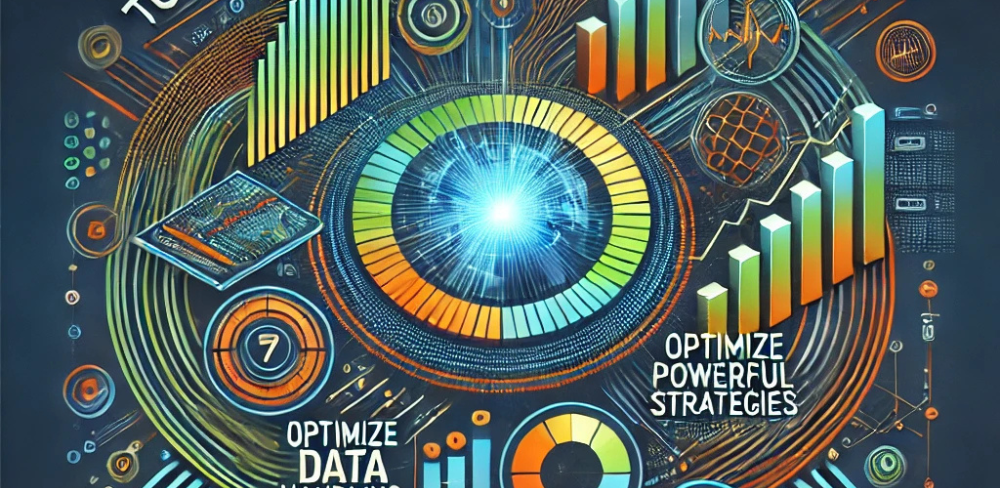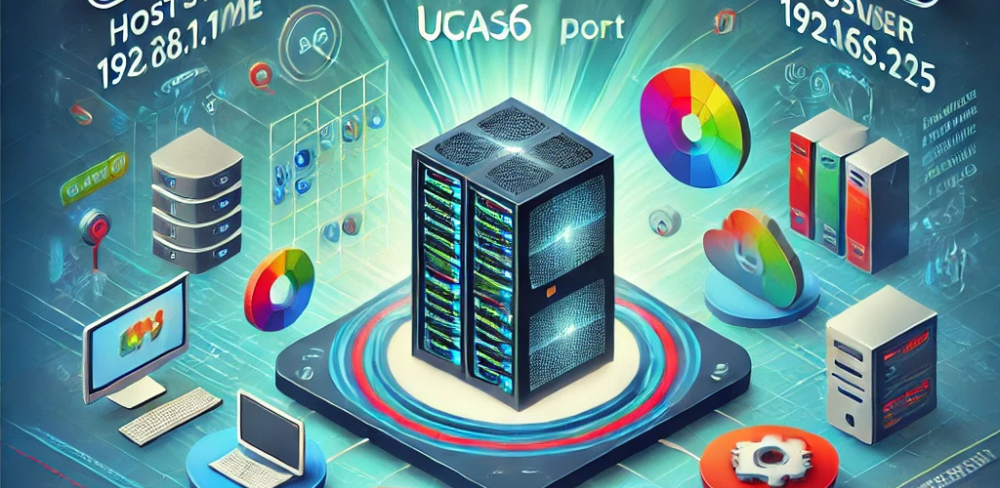Understanding the Concept of Coliestite the Data
The term “coliestite the data” refers to the process of gathering, organizing, and preparing data in an optimized format. In data management, to “coliestite” data means to transform scattered information into a structured form for efficient analysis, reporting, or decision-making. Whether you’re handling big data or small datasets, knowing how to “coliestite the data” effectively is crucial for maximizing insights and minimizing errors. This article will guide you through practical techniques, tools, and best practices to achieve optimal data organization.
1. What Does Coliestite the Data Mean?
“Coliestite the data” is a unique term that describes the process of gathering, arranging, and refining data. In the context of data management, it means to streamline data collection, storage, and presentation. Key aspects of coliestiting data include:
- Data Gathering: Collecting raw data from various sources.
- Data Organizing: Structuring data to create a coherent, logical format.
- Data Cleaning: Removing errors, duplicates, and inconsistencies.
When you coliestite the data, you set a foundation for efficient data use, ensuring that your information is ready for analysis, business intelligence, and reporting.
2. Why Is It Important to Coliestite the Data?
Understanding why it’s essential to coliestite the data is fundamental for any organization aiming to make informed decisions. Here’s why data collation is crucial:
- Improved Data Accuracy: Proper collation minimizes errors and inconsistencies in data.
- Enhanced Decision-Making: Structured data provides a clearer perspective for analysis.
- Increased Efficiency: Streamlined data processes reduce the time and resources required to find and use information.
When you coliestite the data correctly, you unlock the potential for better insights and more accurate analysis, which directly contributes to business success.
3. Key Steps to Coliestite the Data Efficiently
Successfully coliestiting the data involves following several important steps. Here’s a guide to ensure effective data collation:
Step 1: Define Data Objectives
Before gathering any data, clarify what information you need and why. Defining objectives ensures that only relevant data is collected.
Step 2: Choose Reliable Data Sources
Identify trustworthy data sources, such as company databases, reputable online sources, or reliable third-party data providers, to ensure data accuracy.
Step 3: Clean the Data
Data cleaning is essential to coliestite the data effectively. This involves removing duplicates, correcting inaccuracies, and filling missing information.
Step 4: Structure Data for Analysis
Organize your data into categories, fields, or tables, depending on your analytical needs. Structuring data allows for efficient queries and reporting.
Step 5: Store Data Securely
Use appropriate data storage solutions, such as databases or cloud storage, to protect and manage data.
These steps provide a clear path to coliestite the data accurately and efficiently.
4. Best Tools for Data Collection and Organization
Several tools can help you coliestite the data efficiently. Here are some popular options:
1. Microsoft Excel and Google Sheets
These spreadsheet tools are excellent for small- to medium-sized data sets and allow for easy sorting, filtering, and data manipulation.
2. SQL Databases (MySQL, PostgreSQL)
For larger datasets, SQL databases provide powerful ways to coliestite the data by enabling complex queries, data storage, and data relationships.
3. Data Cleaning Tools (OpenRefine, Trifacta)
These tools help with the data cleaning process, providing automated ways to identify duplicates, correct errors, and ensure data consistency.
4. Data Visualization Tools (Tableau, Power BI)
These tools enable users to coliestite the data into visual formats, which are useful for presentations and understanding trends.
Using these tools will streamline the collation process, making it easier to manage and understand your data.
5. Challenges in Data Collation and How to Overcome Them
While coliestiting the data is essential, it comes with challenges. Here are common obstacles and ways to address them:
- Data Overload: Too much data can overwhelm users, making it hard to sort through. Solution: Define clear objectives to filter out irrelevant data.
- Data Inconsistency: Duplicates and conflicting data entries can disrupt collation. Solution: Use data cleaning tools to identify and remove inconsistencies.
- Security Risks: Sensitive data is at risk of breaches. Solution: Implement strong data protection practices and secure storage.
By anticipating these challenges, you can ensure effective and secure data collation.
6. Best Practices for Effective Data Management
Efficiently coliestiting the data requires following best practices for long-term success. Here are some essential tips:
Practice 1: Standardize Data Formats
Standardizing formats for dates, numbers, and text helps maintain consistency across datasets, reducing errors during analysis.
Practice 2: Regularly Update Data
Keep data current by scheduling regular updates, especially for fast-changing information like customer records or inventory.
Practice 3: Document Data Sources and Processes
Recording sources and methods used to coliestite the data is vital for transparency, especially when multiple team members are involved.
Practice 4: Automate Repetitive Tasks
Automation saves time and reduces errors. Set up automation for data entry, cleaning, and updates whenever possible.
Following these best practices ensures reliable and streamlined data management.
7. Advanced Techniques to Coliestite the Data for Professionals
For professionals working with large datasets or complex data environments, advanced techniques to coliestite the data offer improved efficiency. Here are some strategies:
Technique 1: Use ETL Processes (Extract, Transform, Load)
ETL processes are crucial for professionals handling data from multiple sources. Extract data from various systems, transform it for consistency, and load it into a central database.
Technique 2: Data Modeling
Data modeling involves structuring data in a way that supports analytical and operational needs. A well-designed data model allows for efficient querying and data manipulation.
Technique 3: Implement Data Governance Policies
Establishing data governance policies ensures data quality, security, and compliance with industry standards, making data collation more effective.
These techniques help organizations coliestite the data at a higher level, ensuring robust data management and usability.
Why People Are Interested in 1719806400000 Date Translation
People are interested in “1719806400000 date translation” for several reasons:
- Crucial for Data Analysis: Timestamp conversion allows analysts to interpret time-based data accurately, helping them identify trends, patterns, and correlations across periods. Converting timestamps to dates makes it possible to derive actionable insights from raw data.
- Essential for System Logging: In IT and development, systems log events with timestamps to monitor activity. Translating timestamps like 1719806400000 allows administrators to pinpoint the exact time of events, troubleshoot issues, and ensure system reliability.
- Important in Database Management: Many databases store dates in timestamp format for compact storage and high precision. Database administrators need to translate these timestamps to manage data efficiently, optimize queries, and analyze records over time.
- Precise Time-Tracking: Timestamps stored in milliseconds are common in high-accuracy systems, such as financial markets, scientific research, and real-time applications. Converting these timestamps is necessary for aligning time-based events in these precision-dependent fields.
- Facilitates Cross-Time Zone Operations: In a global environment, timestamps help standardize time records across different time zones. By translating timestamps, organizations can synchronize data, communicate across teams worldwide, and interpret time-stamped events without confusion.
- Streamlines Debugging and Development: For developers, timestamps provide insights into the timing of specific code executions, user interactions, or application errors. Accurate conversion of timestamps makes debugging faster and helps developers understand the sequence of events in their applications.
Conclusion: Benefits of Mastering Data Collation
Mastering the process to coliestite the data brings numerous benefits, from improved data accuracy to more efficient decision-making. Structured data enhances clarity, reduces errors, and empowers teams to make well-informed choices based on accurate insights. Whether you’re managing small datasets or vast databases, following best practices and using reliable tools can make data collation straightforward and effective.
By learning to coliestite the data with these strategies, you can unlock the full potential of your data, drive informed decisions, and support organizational goals with confidence.
FAQs About 1719806400000 Date Translation
1. What is “1719806400000 date translation”?
“1719806400000 date translation” refers to converting the timestamp 1719806400000 into a readable date and time format. This specific timestamp represents the number of milliseconds that have passed since the Unix Epoch (January 1, 1970, at 00:00:00 UTC).
2. How can I convert 1719806400000 to a readable date?
You can convert 1719806400000 by dividing it by 1000 (to change milliseconds into seconds) and using a programming language like Python, JavaScript, or an online timestamp converter to translate it into a specific date and time.
3. Why is 1719806400000 stored in milliseconds?
Milliseconds provide precise time-tracking, which is essential in computing for accuracy and chronological recording. Storing time in milliseconds allows for detailed logging, event tracking, and data analysis, especially in high-frequency applications.
4. What date does 1719806400000 represent?
The timestamp 1719806400000 translates to a specific date and time, which can vary depending on the time zone used. Typically, it converts to a date in 2024 when translated from the Unix Epoch.
5. What tools can I use for 1719806400000 date translation?
There are several tools available online, such as Epoch Converter, Timestamp Calculator, and Unix Timestamp to Date Converter, which can instantly translate timestamps. Additionally, programming languages like Python and JavaScript provide functions to convert timestamps.
6. Are there challenges in converting 1719806400000?
Yes, common challenges include time zone differences, interpreting milliseconds versus seconds, and accounting for changes like Daylight Saving Time (DST) in different regions. Accurate conversion requires awareness of these factors.
7. Why is understanding timestamp translation important for data analysis?
Translating timestamps to human-readable dates is crucial for analyzing time-based data. It allows data analysts to correlate events over time, observe patterns, and make sense of data logs effectively.
8. Is 1719806400000 in UTC by default?
Most Unix timestamps, including 1719806400000, are in UTC by default. However, it’s always essential to verify the time zone setting in your system or application to ensure an accurate conversion.
9. Can I automate the conversion of timestamps like 1719806400000?
Yes, automated scripts can be set up using Python, JavaScript, or similar languages to batch convert timestamps. This is helpful when dealing with extensive datasets or repeated timestamp conversions.
10. How is 1719806400000 date translation helpful for developers?
Developers often work with timestamps in logging, debugging, and tracking user activity. Converting these timestamps makes it easier to interpret data and troubleshoot issues by pinpointing specific times and dates.




